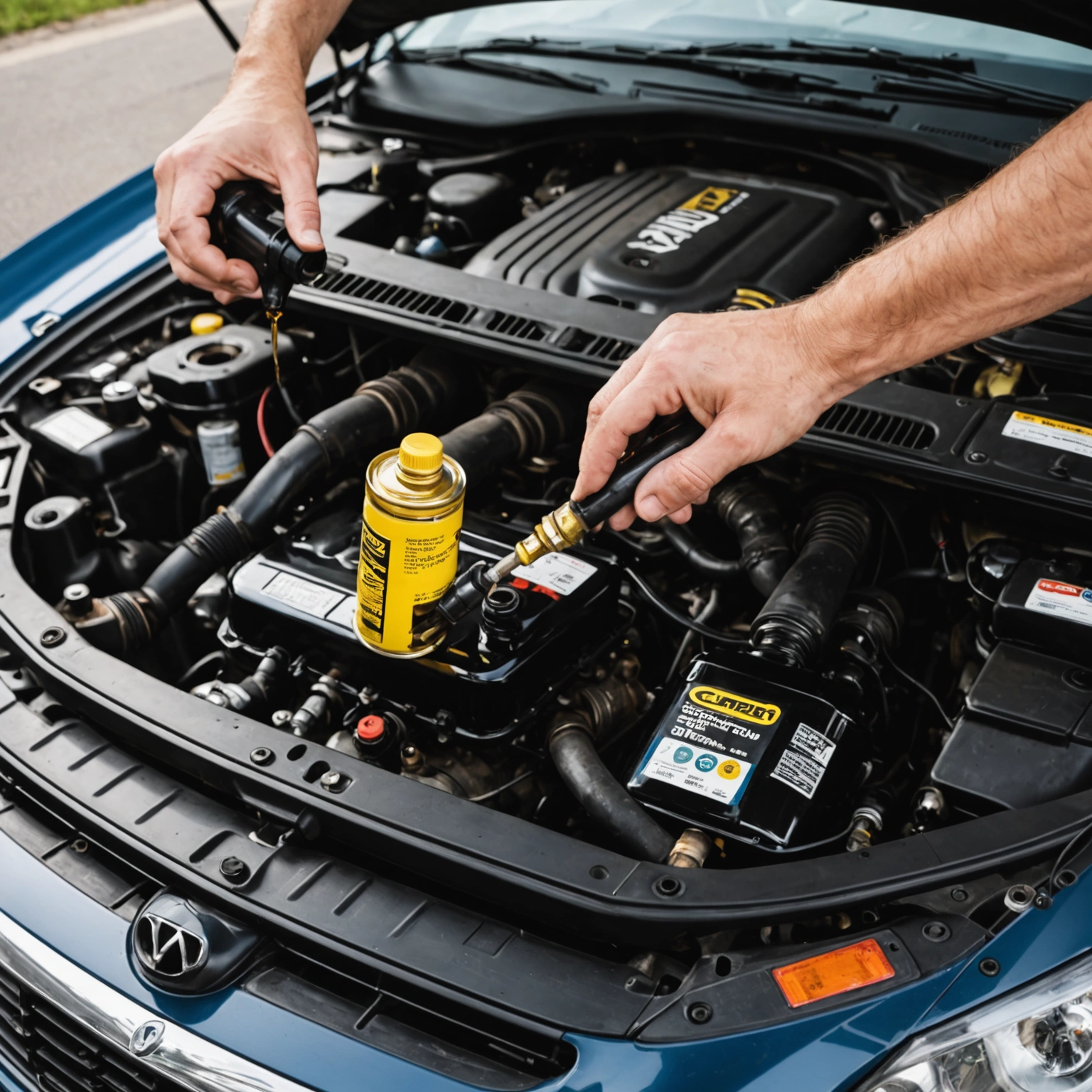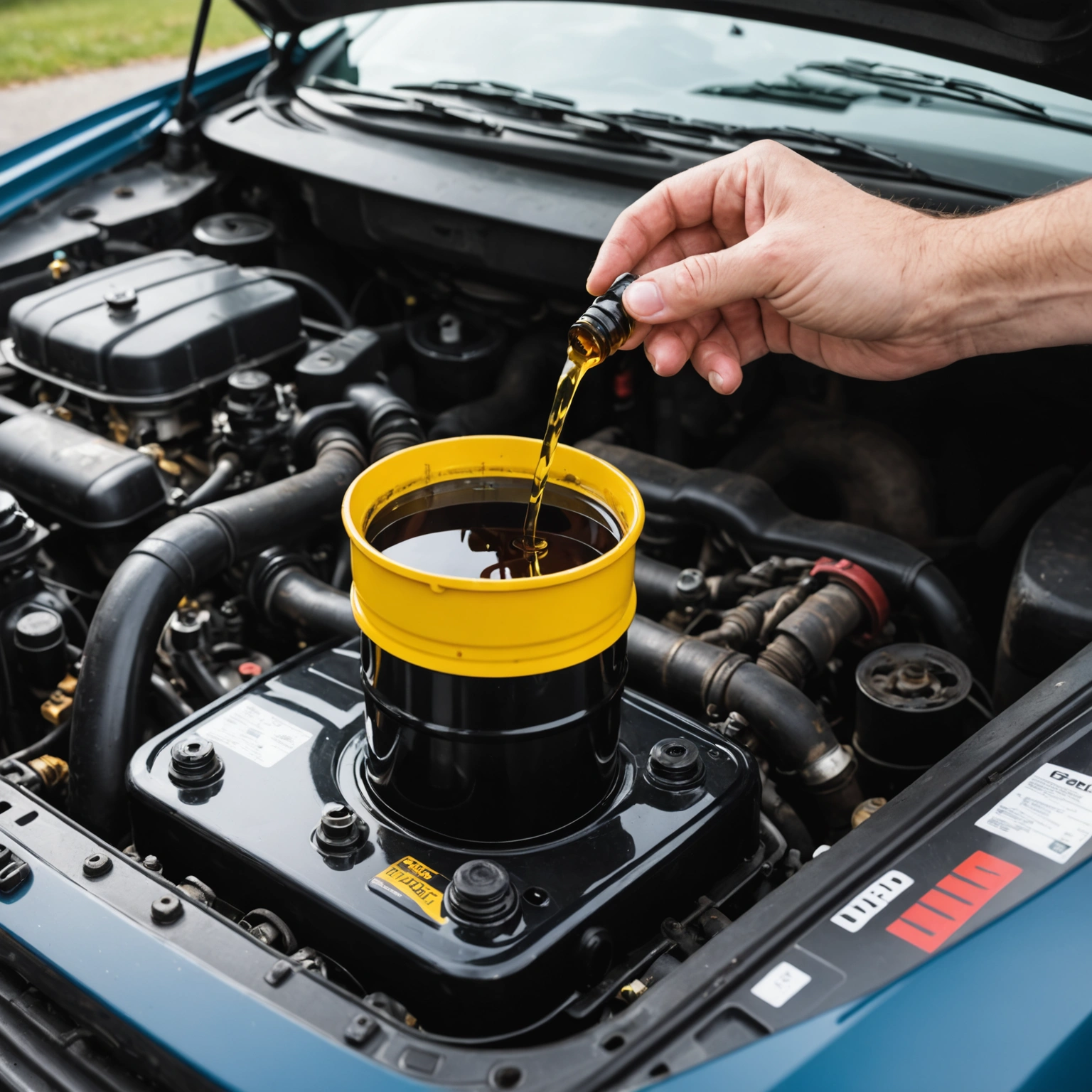**Which Oil Does My Car Need? A Guide to Choosing the Right Engine Oil**
When it comes to maintaining your vehicle’s performance and longevity, selecting the correct engine oil is crucial. The right oil lubricates moving parts, reduces friction, prevents corrosion, and helps keep your engine running smoothly. But with so many options on the market, how do you know which oil is suitable for your car? Here’s a comprehensive guide to help you determine the best engine oil for your vehicle.

### 1. Consult Your Owner’s Manual
The first and most reliable source of information is your vehicle’s owner’s manual. Manufacturers specify the exact oil viscosity and specifications required for optimal performance. Look for sections labeled “Engine Oil” or “Lubrication” to find details such as:

– **Viscosity Grade:** e.g., 5W-30, 10W-40
– **Oil Specifications:** e.g., API SN, SM, SN/RC, ILSAC GF-6

– **Additional Requirements:** e.g., synthetic, mineral, or blended oils
### 2. Understand Oil Viscosity Ratings

Viscosity indicates the oil’s thickness and its ability to flow at different temperatures. It’s expressed by a combination of numbers and letters, such as **5W-30**:
– **First Number + W (Winter):** Indicates cold-start viscosity; lower numbers mean better cold weather flow.
– **Second Number:** Represents the oil’s viscosity at operating temperature; higher numbers mean thicker oil at operating temperature.
**Common Viscosity Choices:**
– **Synthetic oils:** 0W-20, 5W-30, 5W-40
– **Conventional oils:** 10W-30, 10W-40
Your climate and driving conditions influence the ideal viscosity. For colder climates, lower first numbers (e.g., 0W-20) are beneficial for cold starts. For hot climates, higher second numbers (e.g., 10W-40) may be preferable.
### 3. Consider Oil Types: Mineral, Synthetic, and Blended
– **Mineral (Conventional) Oil:** Derived from crude oil, suitable for older vehicles with simple engine designs. Generally less expensive but offers less protection and longevity.
– **Synthetic Oil:** Engineered for superior performance, better temperature stability, and longer intervals between oil changes. Ideal for high-performance vehicles, modern engines, or severe driving conditions.
– **Synthetic Blend:** Combines mineral and synthetic oils, offering a balance of cost and performance.
### 4. Check for Industry Standards and Certifications
Look for oils that meet industry standards such as:
– **API (American Petroleum Institute) SN, SP, or newer:** Ensures the oil meets quality and performance benchmarks.
– **ACEA (European Automobile Manufacturers Association):** For European vehicles.
– **ILSAC (International Lubricants Standardization and Approval Committee):** Standards like GF-6 indicate fuel efficiency, emission reduction, and engine protection.
### 5. Special Conditions and Recommendations
– **High-Mileage Vehicles:** Consider oils formulated for older engines that help reduce leaks and oil consumption.
– **Severe Driving Conditions:** Frequent short trips, towing, or extreme temperatures may require higher-quality synthetic oils or more frequent oil changes.
– **Turbocharged Engines:** Often require oils with specific additives to protect turbo components.
### 6. When in Doubt, Consult a Professional
If you’re unsure, visit your trusted mechanic or dealership. They can recommend the appropriate oil based on your vehicle’s condition, usage, and local climate.
—
**In Summary:**
– Always start with your owner’s manual for specifications.
– Choose the correct viscosity based on climate and driving style.
– Opt for the right type (synthetic, mineral, blend) suited to your vehicle’s needs.
– Ensure the oil meets industry standards and certifications.
Proper oil choice not only keeps your engine running smoothly but also extends its lifespan and improves fuel efficiency. Regular oil changes with the correct oil are one of the simplest yet most effective ways to maintain a healthy vehicle.
Happy driving!

